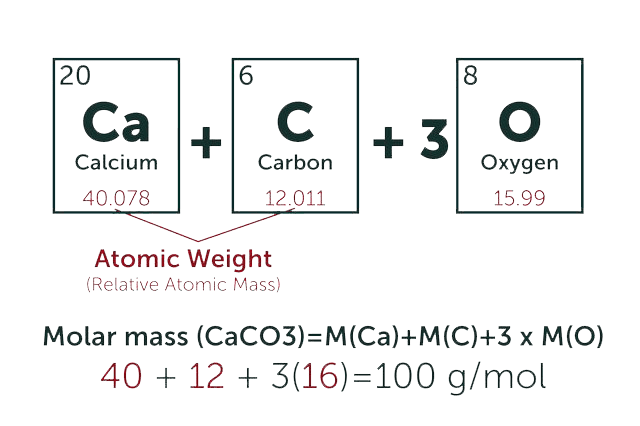9-Methylstreptimidone
* Please be kindly noted products are not for therapeutic use. We do not sell to patients.

| Category | Antibiotics |
| Catalog number | BBF-01727 |
| CAS | 51867-94-8 |
| Molecular Weight | 307.38 |
| Molecular Formula | C17H25NO4 |
| Purity | >98% |
Online Inquiry
Description
9-Methylstreptimidone is a glutarimide antibiotic produced by Streptomyces sp. HIL Y-9065403. It has strong herbicidal activity.
Specification
| Synonyms | Antibiotic TS 885 |
| Storage | -20 °C |
| IUPAC Name | 4-(2-hydroxy-5,7-dimethyl-4-oxodeca-6,8-dienyl)piperidine-2,6-dione |
| Canonical SMILES | CC=CC(=CC(C)C(=O)CC(CC1CC(=O)NC(=O)C1)O)C |
| InChI | InChI=1S/C17H25NO4/c1-4-5-11(2)6-12(3)15(20)10-14(19)7-13-8-16(21)18-17(22)9-13/h4-6,12-14,19H,7-10H2,1-3H3,(H,18,21,22) |
| InChI Key | ATUBIBZJAGAIBW-UHFFFAOYSA-N |
| Source | Streptomyces sp. |
Properties
| Appearance | Colourless residue |
| Boiling Point | 519.5±25.0 °C at 760 mmHg |
| Density | 1.1±0.1 g/cm3 |
| Solubility | Soluble in DMSO |
Reference Reading
1. Structure-activity relationship of 9-methylstreptimidone, a compound that induces apoptosis selectively in adult T-cell leukemia cells
Masatoshi Takeiri, Hiromasa Kiyota, Kazuo Umezawa, Shigeru Nishiyama, Eisuke Ota Oncol Res . 2012;20(1):7-14. doi: 10.3727/096504012x13425470196056.
We previously reported that 9-methylstreptimidone, a piperidine compound isolated from a culture filtrate of Streptomyces, induces apoptosis selectively in adult T-cell leukemia cells. It was screened for a compound that inhibits LPS-induced NF-kappaB and NO production in mouse macrophages. However, 9-methystreptimidone is poorly obtained from the producing microorganism and difficult to synthesize. Therefore, in the present research, we studied the structure-activity relationship to look for new selective inhibitors. We found that the structure of the unsaturated hydrophobic portion of 9-methylstreptimidone was essential for the inhibition of LPS-induced NO production. Among the 9-methylstreptimidone-related compounds tested, (+/-)-4,alpha-diepi-streptovitacin A inhibited NO production in macrophage-like cells as potently as 9-methylstreptimidone and without cellular toxicity. Moreover, this compound selectively induced apoptosis in adult T-cell leukemia MT-1 cells.
2. Inhibition of RANKL- and LPS-induced osteoclast differentiations by novel NF-κB inhibitor DTCM-glutarimide
Takashi Yokochi, Ayumi Kaneda, Naoki Koide, Kazuo Umezawa Int Immunopharmacol . 2015 Mar;25(1):162-8. doi: 10.1016/j.intimp.2015.01.004.
We have isolated 9-methylstreptimidone from microorganism as a new NF-κB inhibitor. Later, we designed 3-[(dodecylthiocarbonyl) methyl]-glutarimide (DTCM-glutarimide) as an analog of this compound, which shows anti-inflammatory activity in vivo. In the present research, we found that DTCM-glutarimide inhibited receptor activator of nuclear factor-κB ligand (RANKL)-induced osteoclast differentiation of mouse bone marrow-derived macrophages and RANKL- or lipopolysaccharide (LPS)-induced osteoclast differentiation of RAW 264.7 cells without any toxicity. It also inhibited the RANKL-induced NFATc1 expression. Upstream signaling involving phosphorylation of Akt and GSK-3β was induced by RANKL, of which the signaling was inhibited by DTCM-glutarimide. Then DTCM-glutarimide was confirmed to inhibit RANKL-induced NF-κB activity, possibly by inhibiting the Akt-mediated activation of IKK. Thus, DTCM-glutarimide inhibited osteoclastogenesis by blocking both the Akt-GSK3β-NFATc1 and NF-κB-NFATc1 pathways. DTCM-glutarimide may be a candidate as a chemotherapeutic agent for severe bone resorption diseases.
3. Streptomyces botrytidirepellens sp. nov., a novel actinomycete with antifungal activity against Botrytis cinerea
Xiujun Sun, Wensheng Xiang, Dongmei Li, Junwei Zhao, Xi Xu, Mengqi Jiang, Lifeng Guo, Liyuan Han, Jia Song, Xiangjing Wang Int J Syst Evol Microbiol . 2021 Sep;71(9). doi: 10.1099/ijsem.0.005004.
The fungal pathogenBotrytis cinereais the causal agent of devastating gray mold diseases in many economically important fruits, vegetables, and flowers, leading to serious economic losses worldwide. In this study, a novel actinomycete NEAU-LD23Texhibiting antifungal activity againstB. cinereawas isolated, and its taxonomic position was evaluated using a polyphasic approach. Based on the genotypic, phenotypic and chemotaxonomic data, it is concluded that the strain represents a novel species within the genusStreptomyces, for which the nameStreptomyces botrytidirepellenssp. nov. is proposed. The type strain is NEAU-LD23T(=CCTCC AA 2019029T=DSM 109824T). In addition, strain NEAU-LD23Tshowed a strong antagonistic effect againstB. cinerea(82.6±2.5%) and varying degrees of inhibition on nine other phytopathogenic fungi. Both cell-free filtrate and methanol extract of mycelia of strain NEAU-LD23Tsignificantly inhibited mycelial growth ofB. cinerea. To preliminarily explore the antifungal mechanisms, the genome of strain NEAU-LD23Twas sequenced and analyzed. AntiSMASH analysis led to the identification of several gene clusters responsible for the biosynthesis of bioactive secondary metabolites with antifungal activity, including 9-methylstreptimidone, echosides, anisomycin, coelichelin and desferrioxamine B. Overall, this research provided us an excellent strain with considerable potential to use for biological control of tomato gray mold.
Recommended Products
| BBF-05886 | Notoginsenoside R1 | Inquiry |
| BBF-01829 | Deoxynojirimycin | Inquiry |
| BBF-05817 | Astaxanthin | Inquiry |
| BBF-02577 | Pneumocandin C0 | Inquiry |
| BBF-05827 | Spliceostatin A | Inquiry |
| BBF-03427 | Tubercidin | Inquiry |
Bio Calculators
* Our calculator is based on the following equation:
Concentration (start) x Volume (start) = Concentration (final) x Volume (final)
It is commonly abbreviated as: C1V1 = C2V2
* Total Molecular Weight:
g/mol
Tip: Chemical formula is case sensitive. C22H30N4O √ c22h30n40 ╳


